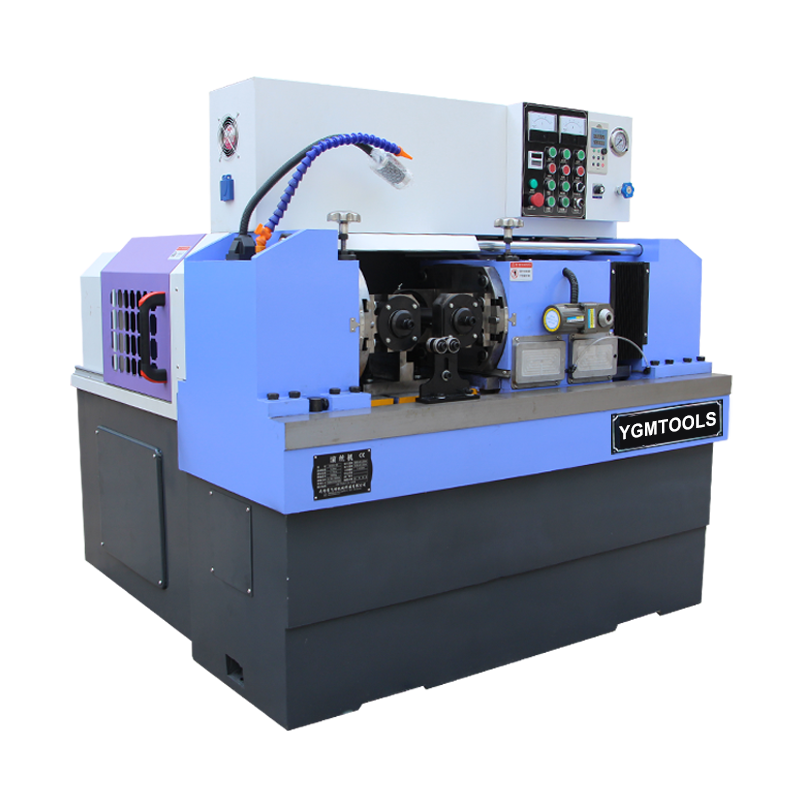
-
 Afrikaans
Afrikaans -
 Albanian
Albanian -
 Amharic
Amharic -
 Arabic
Arabic -
 Armenian
Armenian -
 Azerbaijani
Azerbaijani -
 Basque
Basque -
 Belarusian
Belarusian -
 Bengali
Bengali -
 Bosnian
Bosnian -
 Bulgarian
Bulgarian -
 Catalan
Catalan -
 Cebuano
Cebuano -
 Corsican
Corsican -
 Croatian
Croatian -
 Czech
Czech -
 Danish
Danish -
 Dutch
Dutch -
 English
English -
 Esperanto
Esperanto -
 Estonian
Estonian -
 Finnish
Finnish -
 French
French -
 Frisian
Frisian -
 Galician
Galician -
 Georgian
Georgian -
 German
German -
 Greek
Greek -
 Gujarati
Gujarati -
 Haitian Creole
Haitian Creole -
 hausa
hausa -
 hawaiian
hawaiian -
 Hebrew
Hebrew -
 Hindi
Hindi -
 Miao
Miao -
 Hungarian
Hungarian -
 Icelandic
Icelandic -
 igbo
igbo -
 Indonesian
Indonesian -
 irish
irish -
 Italian
Italian -
 Japanese
Japanese -
 Javanese
Javanese -
 Kannada
Kannada -
 kazakh
kazakh -
 Khmer
Khmer -
 Rwandese
Rwandese -
 Korean
Korean -
 Kurdish
Kurdish -
 Kyrgyz
Kyrgyz -
 Lao
Lao -
 Latin
Latin -
 Latvian
Latvian -
 Lithuanian
Lithuanian -
 Luxembourgish
Luxembourgish -
 Macedonian
Macedonian -
 Malgashi
Malgashi -
 Malay
Malay -
 Malayalam
Malayalam -
 Maltese
Maltese -
 Maori
Maori -
 Marathi
Marathi -
 Mongolian
Mongolian -
 Myanmar
Myanmar -
 Nepali
Nepali -
 Norwegian
Norwegian -
 Norwegian
Norwegian -
 Occitan
Occitan -
 Pashto
Pashto -
 Persian
Persian -
 Polish
Polish -
 Portuguese
Portuguese -
 Punjabi
Punjabi -
 Romanian
Romanian -
 Russian
Russian -
 Samoan
Samoan -
 Scottish Gaelic
Scottish Gaelic -
 Serbian
Serbian -
 Sesotho
Sesotho -
 Shona
Shona -
 Sindhi
Sindhi -
 Sinhala
Sinhala -
 Slovak
Slovak -
 Slovenian
Slovenian -
 Somali
Somali -
 Spanish
Spanish -
 Sundanese
Sundanese -
 Swahili
Swahili -
 Swedish
Swedish -
 Tagalog
Tagalog -
 Tajik
Tajik -
 Tamil
Tamil -
 Tatar
Tatar -
 Telugu
Telugu -
 Thai
Thai -
 Turkish
Turkish -
 Turkmen
Turkmen -
 Ukrainian
Ukrainian -
 Urdu
Urdu -
 Uighur
Uighur -
 Uzbek
Uzbek -
 Vietnamese
Vietnamese -
 Welsh
Welsh -
 Bantu
Bantu -
 Yiddish
Yiddish -
 Yoruba
Yoruba -
 Zulu
Zulu
Exploring Innovations in Thread Rolling Tools for Enhanced Manufacturing Efficiency
Understanding Thread Rolling Tools An Essential Component in Manufacturing
In the realm of manufacturing and metalworking, precision and efficiency are crucial for producing high-quality components. One of the key techniques employed in the production of threaded components is thread rolling. This method utilizes specialized tools, known as thread rolling tools, to create threads on metal parts without cutting. By understanding the intricacies of thread rolling tools, we can appreciate their significance in enhancing productivity and the quality of threaded products.
The Basics of Thread Rolling
Thread rolling is a cold-forming process that deforms the material to create threads. Unlike traditional machining, which removes material to form threads, thread rolling compresses the material, ensuring that the structural integrity of the workpiece remains intact. This process is suitable for a variety of materials, including steel, aluminum, and titanium, making it versatile for different manufacturing applications.
The main advantage of thread rolling is that it produces stronger threads with a smooth finish. This is due to the fact that the compression process refines the grain structure of the metal, resulting in threads that are less prone to fatigue and wear. Consequently, threaded components produced through rolling are often used in high-stress environments, such as in automotive and aerospace applications.
Types of Thread Rolling Tools
Thread rolling tools come in various forms, each designed for specific applications and types of threads. The primary types include flat thread rolling dies, cylindrical thread rolling dies, and form rolling dies.
1. Flat Thread Rolling Dies These are typically used for producing parallel threads on the workpiece. Flat dies are useful for applications requiring high accuracy and are often utilized in automated production setups.
thread rolling tool

2. Cylindrical Thread Rolling Dies These are designed for creating external threads on cylindrical parts. They work by the principle of three-point contact, which ensures that the rolling action is uniform and efficient, producing high-quality threads.
3. Form Rolling Dies These versatile tools are capable of creating custom thread profiles beyond the standard forms. Form rolling can accommodate various dimensions and thread shapes, making it an excellent choice for specialized applications.
Applications of Thread Rolling Tools
Thread rolling tools find applications across numerous industries. In the automotive sector, they are widely used to manufacture bolts, nuts, and other fasteners that require high tensile strength. In aerospace, precision-engineered components with rolled threads are essential for safety and performance.
Furthermore, the electronics and machinery industries also rely heavily on thread rolling for producing screws and connectors. The need for lightweight yet durable components has led to an increase in the use of thread rolling tools, as they can work with materials like aluminum and magnesium alloys.
Conclusion
Thread rolling tools are a pivotal part of the manufacturing landscape, offering an efficient and effective method for creating high-quality threads. The advantages of this process, including improved strength and surface finish, make it ideal for a wide range of industries, including automotive, aerospace, and electronics. As technology advances, the development of more sophisticated thread rolling tools will likely continue to enhance production efficiency, meet stringent quality standards, and reduce material waste. Mastering the use of these tools will be essential for manufacturers looking to stay competitive in an increasingly demanding market.
